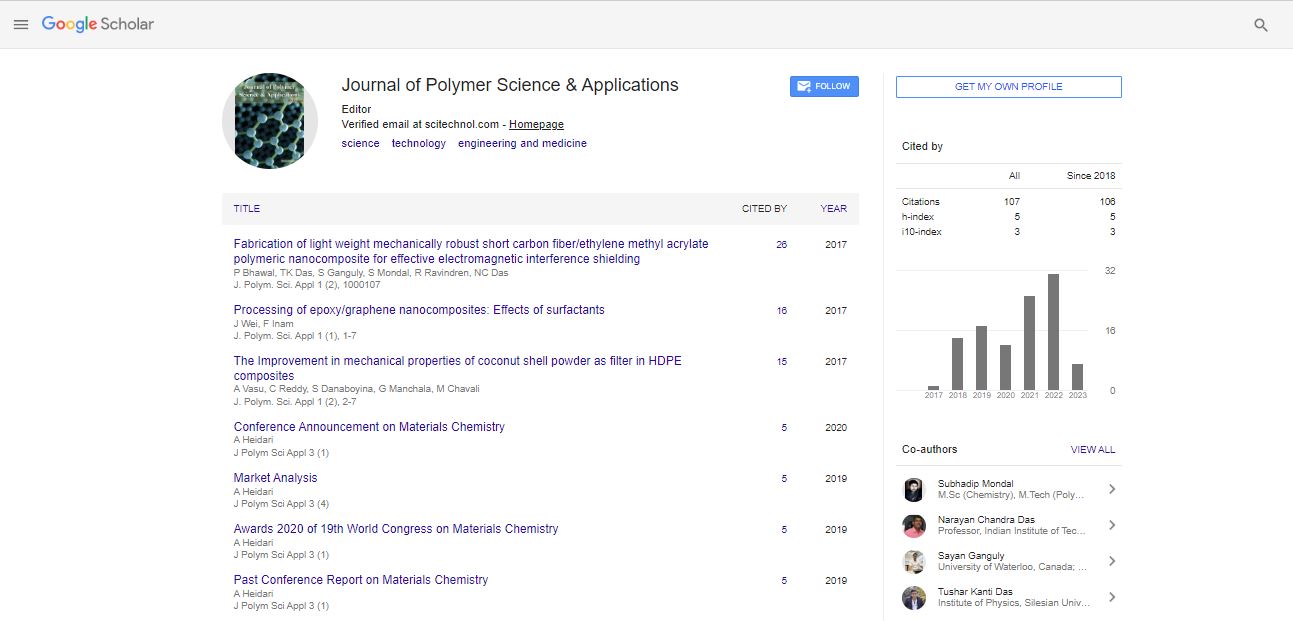Moving window partial least squares after orthogonal signal correction as a coupling method for determination of lead and cadmium by ultrasound–assisted emulsification microextraction
Ali Niazi and Atisa Yazdanipour
Islamic Azda University, Iran
Islamic Azda University, Iran
: J Polym Sci Appl
Abstract
A fast, simple and efficient ultrasound-assisted emulsification microextraction was successfully used to preconcentration and simultaneous spectrophotometric determination of lead and cadmium in different water samples with orthogonal signal correction–moving window partial least squares (OSC-MWPLS). Box–Behnken design was used to optimize the extraction conditions. Under the optimum conditions, the calibration graphs were linear in the range of 10.0–160.0 and 10.0–180.0 ng mL-1 with detection limits of 3.68 and 3.29 ng mL-1 for lead and cadmium, respectively. The preconcentration factor of this method for lead and cadmium, reached ~200. Repeatability (intra-day) and reproducibility (inter-day) of 1.45 and 2.36% for lead, 1.61 and 2.06% for cadmium were obtained. OSC was used for preprocessing of data matrices and also moving window partial least squares regression has been proposed for the selection of informative spectral intervals. The obtained results were compared with each other; in general, the RMSEP for cadmium and lead with PLS, OSC-PLS and OSC-MWPLS were 9.365, 10.326 and 3.611, 3.948 and 1.026, 1.109 ng mL-1, respectively. The results indicated that simple, practical, and environmentally friendly proposed method could be successfully used to simultaneously determination of lead and cadmium in different environmental water samples.
 Spanish
Spanish  Chinese
Chinese  Russian
Russian  German
German  French
French  Japanese
Japanese  Portuguese
Portuguese  Hindi
Hindi 